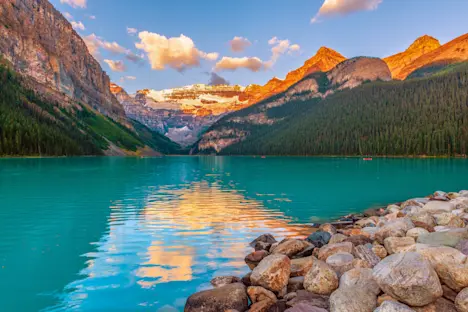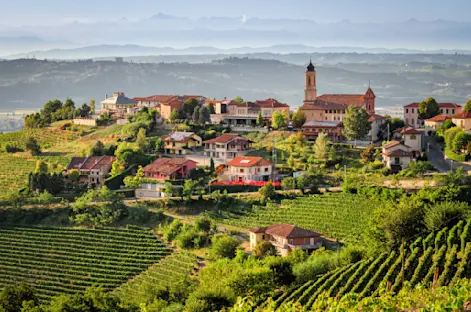By Nat Hab Expedition Leader Eddy Savage
Iceland is home to some of the most spectacular and photogenic waterfalls in the world. These falls may not always carry vast volumes of water, but their rugged volcanic settings make them mesmerizing. The island’s young geology and dynamic landscape have created a remarkable variety of waterfalls, each with a story written in lava and ice.
Over the past 14 to 16 million years, Iceland has risen from the sea through countless volcanic eruptions. The island straddles the Mid-Atlantic Ridge, a rift that splits it apart at roughly an inch per year. As the land pulls apart, new lava flows form in the center while older rock lies in the Eastfjords and Westfjords. This geologic contrast gives Iceland’s waterfalls their striking diversity in form and character.

Kvernufoss
The Rift Zone Waterfalls
The Pleistocene Epoch, or Ice Ages, began about 2.5 million years ago and have repeated in long cycles ever since. During these times, vast ice sheets—up to a mile thick—covered much of Iceland. When volcanic eruptions occurred beneath the ice, intense heat met intense cold, creating explosive pressure. The result was violent floods of meltwater that scoured the land and reshaped valleys on their way to the sea.
As lava cooled rapidly beneath the ice, layers of ash, rock fragments and basalt built distinctive formations called tuya mountains (table mountains) and Moberg ridges (hyaloclastite ridges). These are found only in younger parts of Iceland—land less than 2.5 million years old that experienced eruptions beneath glacial ice.
On the south coast, several of Iceland’s most famous waterfalls—Seljalandsfoss, Kvernufoss and Skogafoss—tumble about 200 feet over cliffs made of this softer volcanic rock.

Travelers ride horseback toward Skogafoss © Eddy Savage
Ancient Shorelines and Shifting Land
When the heavy ice sheets pressed down on Iceland, they depressed the land much like a memory foam pillow. The ancient shoreline once stood 150 to 200 feet higher than today. As the ice melted, the island slowly rebounded, lifting the cliffs upward and leaving behind a series of sea-carved escarpments.
The cliffs these waterfalls plunge over were once part of that ancient coastline. For thousands of years, waves pounded the softer volcanic rock, carving dramatic canyons and caves that now shape Iceland’s south coast.

Dynjandi waterfall in the Westfjords
The Waterfalls of the Eastfjords and Westfjords
Moving toward the east and west, we reach Iceland’s oldest regions. Here, the bedrock is composed of layer upon layer of basalt lava mixed with volcanic dykes—remnants of long-cooled eruptions. Over millions of years, glaciers carved U-shaped valleys through this hard basalt, leaving behind sculpted peaks and ridges that resemble a layered cake of volcanic stone.
Because the rock is so hard, waterfalls in these regions don’t erode deep canyons but instead cascade over the jagged edges of stratified basalt. Each fall finds ancient fissures in the stone and follows them toward the ocean.
Folaldafoss in East Iceland is a prime example. Above the waterfall, you can see the distinct layers of basalt, while to the left an intrusive dyke marks the path of an ancient fissure filled with lava.
Folaldafoss waterfallIn the Westfjords, Möngufoss tells another story of ice and time. Its watershed lies in a hanging valley carved by glaciers during the last Ice Age. When the larger glacier below retreated, it left the smaller upper valley suspended above the fjord, creating the perfect conditions for a plunging fall. Nearby Baejarfoss also illustrates this classic glacial formation.

Baejarfoss, Westfjords
A Living Landscape
Waterfalls are only one piece of the Icelandic landscape, yet they capture its essence—where fire meets ice and the land never stands still. Every fall is a reminder of the forces that continue to shape this young island. Around every bend lies a new cascade, a new story of lava and glacier.
Time spent exploring, photographing and simply standing before these waterfalls is always a highlight of our journeys in Iceland. I look forward to sharing them with you out there.

© Eddy Savage































